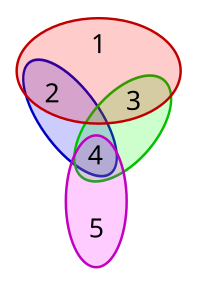Set cover problem

Hey there little one! Have you ever played a game where you had to cover all the squares on a board with different shapes? Well, the "set cover problem" is kind of like that game but with things called sets instead of shapes.
Imagine you have a bunch of different sets. Each set has some things or objects inside it - like toys or snacks or even clothes. Now imagine you have another bigger set that you want to cover with the smaller sets.
But there's a problem - you can't just use any random set to cover the bigger set because some of the smaller sets might overlap or cover the same things. You need to find the smallest number of smaller sets that cover the bigger set without overlapping.
This is where the set cover problem comes in. It's all about finding the smallest number of sets we have to choose from in order to cover everything in the bigger set without any overlapping. This is important in lots of different fields like computer science, math, and even biology.
So basically, we want to use as few sets as possible to cover a bigger set without any overlap or gaps. It's kind of like putting together a puzzle - we want to find the pieces that fit perfectly together to cover the whole picture. That's the set cover problem!
Imagine you have a bunch of different sets. Each set has some things or objects inside it - like toys or snacks or even clothes. Now imagine you have another bigger set that you want to cover with the smaller sets.
But there's a problem - you can't just use any random set to cover the bigger set because some of the smaller sets might overlap or cover the same things. You need to find the smallest number of smaller sets that cover the bigger set without overlapping.
This is where the set cover problem comes in. It's all about finding the smallest number of sets we have to choose from in order to cover everything in the bigger set without any overlapping. This is important in lots of different fields like computer science, math, and even biology.
So basically, we want to use as few sets as possible to cover a bigger set without any overlap or gaps. It's kind of like putting together a puzzle - we want to find the pieces that fit perfectly together to cover the whole picture. That's the set cover problem!
